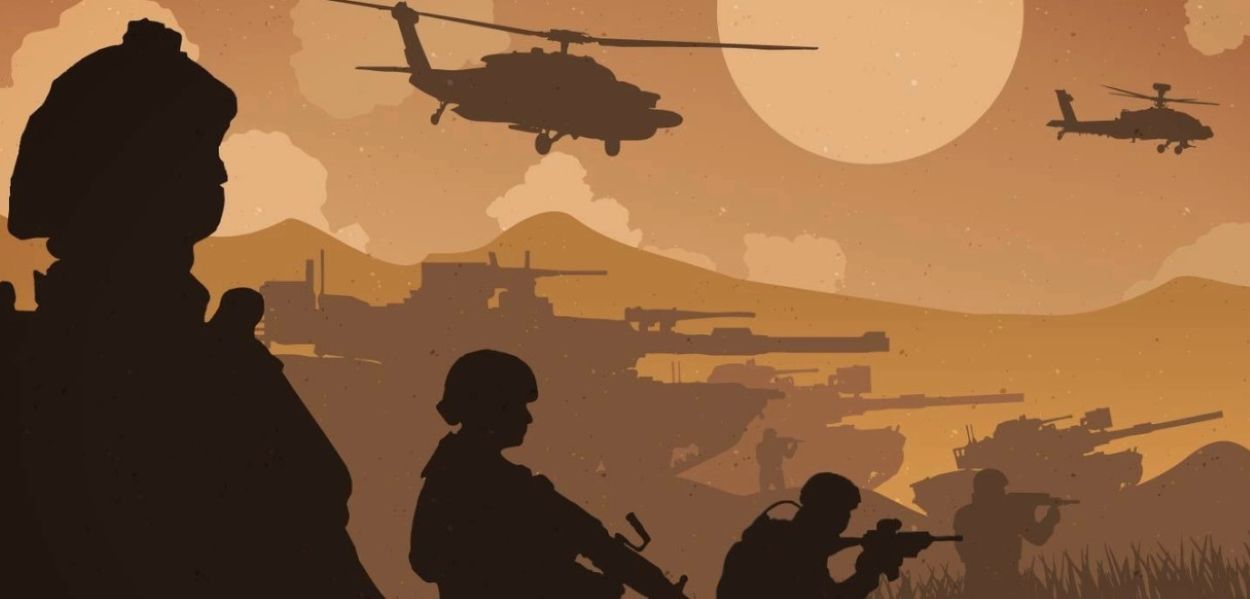Global military expenditures soared to a record $2.718 trillion in 2024, marking a 9.4% yearly increase, the sharpest rise since 1988, driven by ongoing wars and geopolitical tensions.
According to the Stockholm International Peace Research Institute (SIPRI) report released on April 28, 2025, the surge, fueled by conflicts in Ukraine and Gaza and tensions in East Asia and Europe, reflects the fastest global rearmament since the end of the Cold War.
The United States led with nearly $1 trillion, allocating $61.1 billion for F-35 fighters, $48.1 billion for naval ships, and $48.4 billion in aid to Ukraine. China followed with $314 billion, expanding its nuclear arsenal and stealth aircraft. Together, they accounted for nearly half of global spending. Israel saw the largest increase at 65%, while Russia’s spending rose at least 38%.
“An arms race is never the solution."
– @antonioguterres as @SIPRIorg report shows record surge in global military spending – now at $2.7 trillion – up from $2.4 trillion in 2023.
“Let’s unite in prioritizing people, peace, and our planet – not a path of death & destruction.” pic.twitter.com/U1UXv7zGp8
— United Nations (@UN) April 29, 2025NATO countries, including Germany (28%) and Poland (31%), boosted budgets amid Russian threats, though SIPRI notes that spending alone may not ensure self-sufficiency.
In the Asia-Pacific, China’s 7% rise marked 30 years of consecutive increases, prompting neighbours like Japan (21%) and the Philippines (19%) to bolster defences.
World military expenditure rose by 9.4% in real terms to $2718 billion in 2024, the highest global total ever recorded by SIPRI and the 10th year of consecutive increases.
Press release ➡️ https://t.co/b3V9tMM6q7#SIPRI #GDAMS2025 #MilitarySpending #DefenseBudget pic.twitter.com/i68WT4PJ1z
— SIPRI (@SIPRIorg) April 27, 2025India, the fifth-largest spender, allocated $86.1 billion, up 1.6%. SIPRI warns that such investments risk an arms race, particularly in regions with unresolved disputes.






